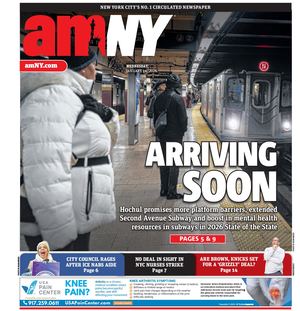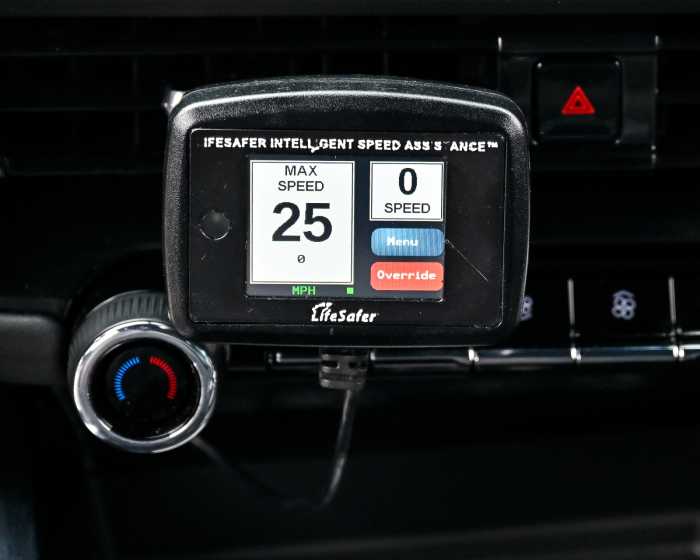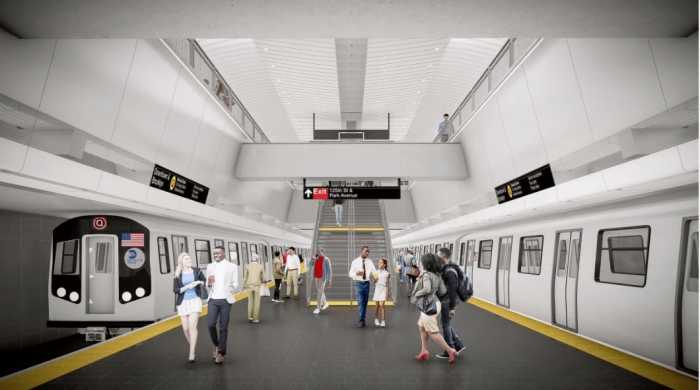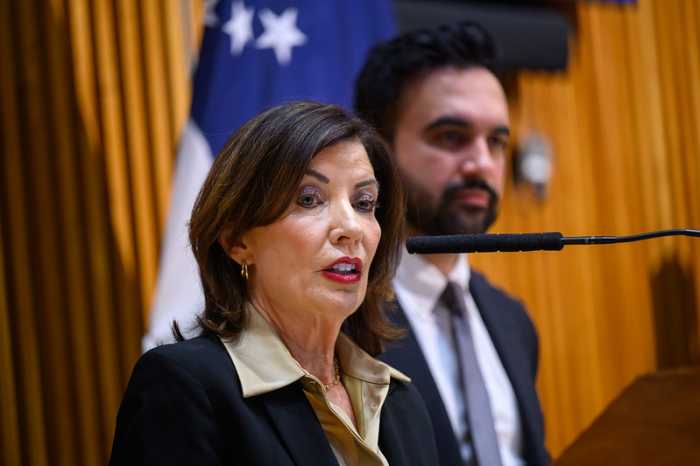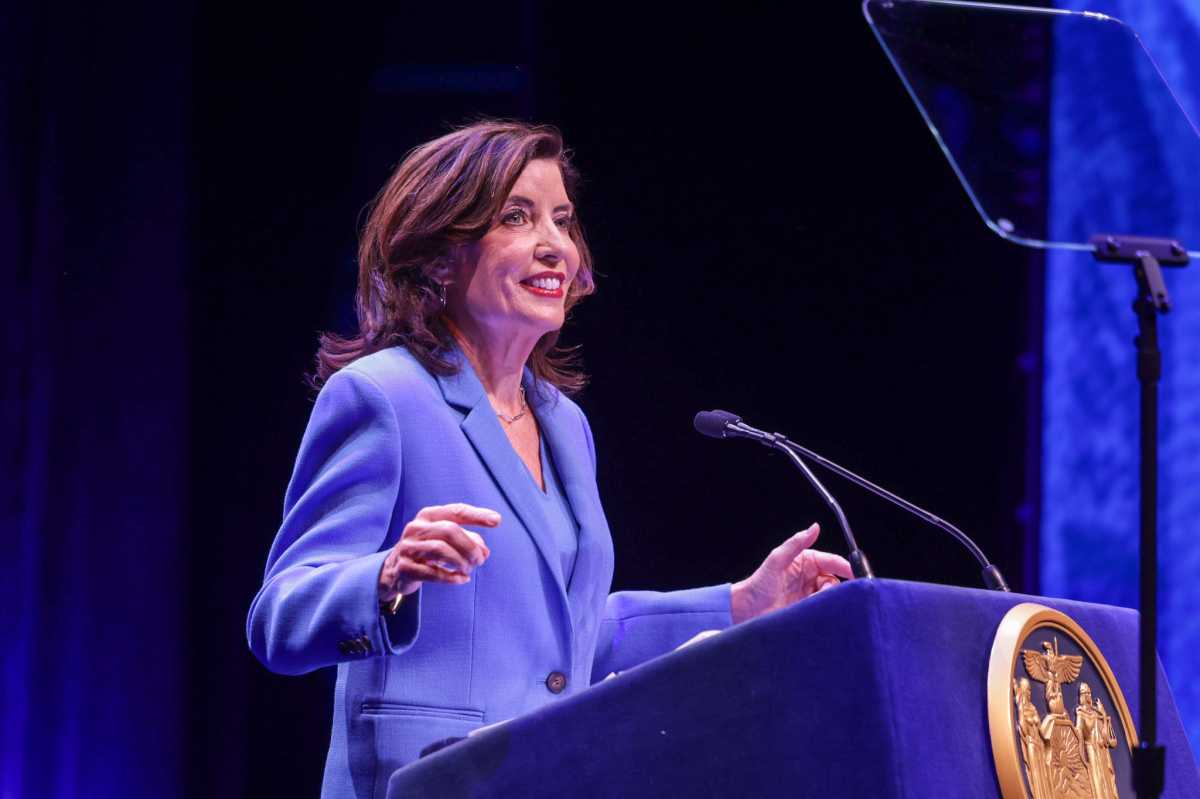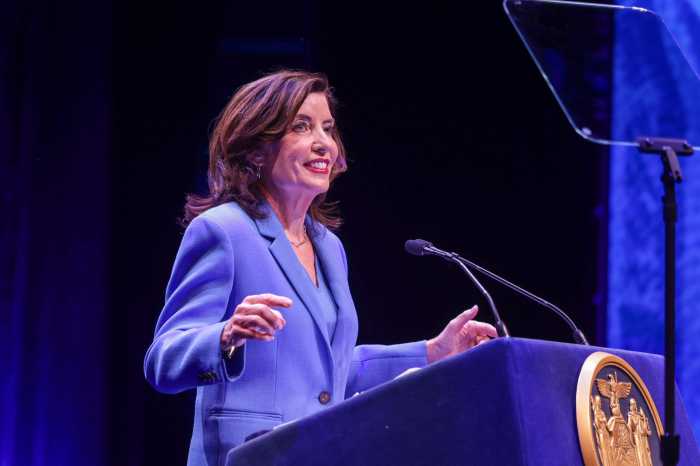Gov. Andrew Cuomo’s LaGuardia Airport AirTrain continues trudging along.
The Port Authority’s board approved $55 million in spending Thursday to move the project into its second planning phase — a move that left transit experts confounded.
Despite drawing criticism on nearly every aspect of the proposal, including the AirTrain’s route and travel speed estimates, the Port Authority’s executive director and chairman defended the project as being vital to a region where 86 percent of all LaGuardia travelers access the airport by car.
“There is no rail access whatsoever, subway or otherwise, to LaGuardia. It is the only major airport on the East Coast that does not have rail access,” Rick Cotton, the executive director who was appointed by Cuomo, told reporters after the board meeting. “The actual alignment is still under discussion, but it is going to go to Willets Point and the framework is that it would be under half an hour from midtown Manhattan to LaGuardia, which is the benefit of the AirTrain.”
Some argue that estimate is a stretch. The AirTrain would run from LaGuardia to the Willets Point, Queens, station where it would serve riders on the 7 line and the Port Washington branch. Yonah Freemark, a transportation blogger, believes that taking the AirTrain would actually be slower than relying on a tandem of existing transit options, including the subway, Long Island Rail Road and bus service.
The AirTrain will also be of little use to Long Islanders, since the Port Washington branch is not accessible to the rest of the LIRR network.
“The project is poorly designed — it will carry passengers in the wrong direction, doing little to reduce travel times, and fail to connect them to most subway lines and commuter rail routes,” Freemark said in an email. “Moreover, it serves a small constituency when the vast majority of New Yorkers simply want better bus and subway service.”
Former Port Authority board member Ken Lipper once called the AirTrain one of the “most ill-conceived projects that I’ve experienced in government.” But Lipper has since been replaced on the Port Authority’s board, and on Thursday the spending was approved without any questions, bringing total planning costs to $75 million.
The Port Authority’s capital program estimates that the project itself could cost around $1 billion, though Cotton said a real estimate is not yet known. A lot of concerns around the AirTrain, from costs and routes to ridership, will be addressed in the next planning phase, Cotton said, but the need for a rail link as a congestion solver is apparent.
“The discussion is still premature,” he said, when asked about specific route details. “The point of phase-two planning is to finish the analysis and to consider the pros and cons of the alignment and to get into all the issues … we’re working on that. All points of view will be considered.”
On the lack of public dialogue at the meeting, Port Authority Chairman Kevin O’Toole said there had been “really in-depth discussions” about the project and others behind closed doors, and that there is “a lot of enthusiasm” for the project among the board.
“There’s a lot of discussions internally,” O’Toole said. “To think we would just willy-nilly vote on any expenditures is probably a wildly inaccurate characterization.”
